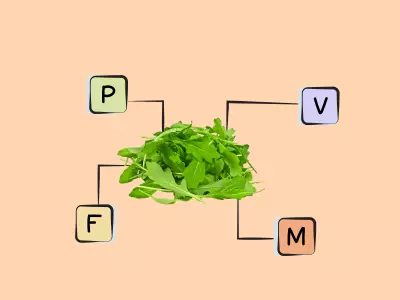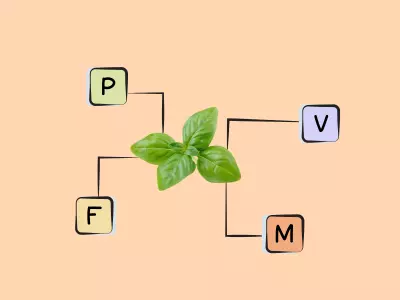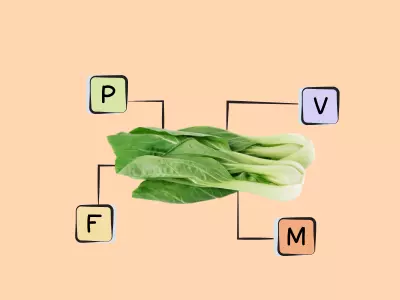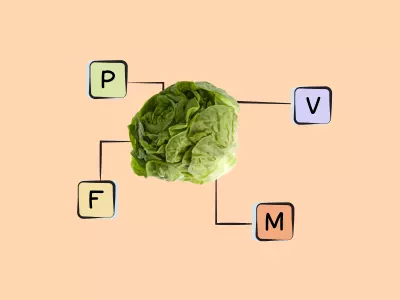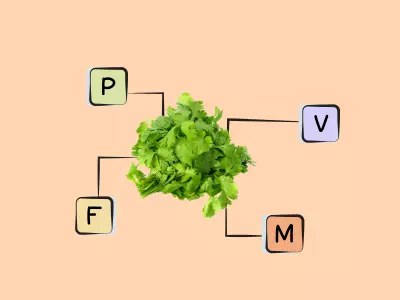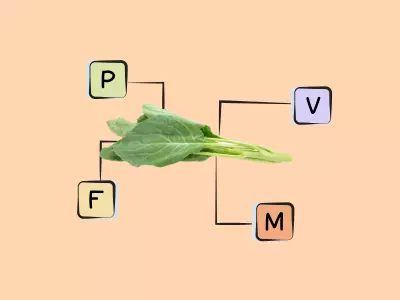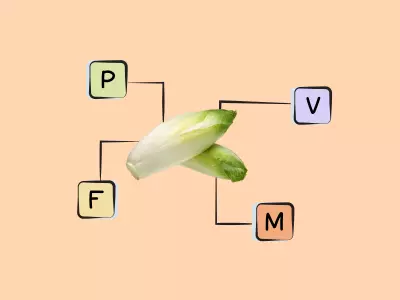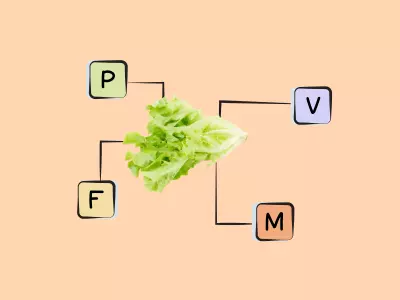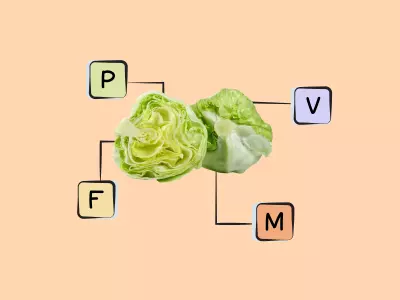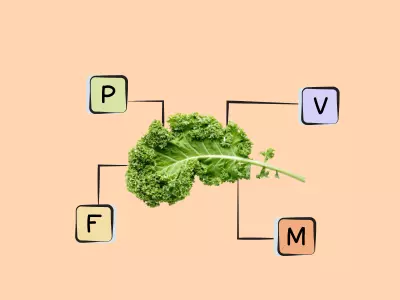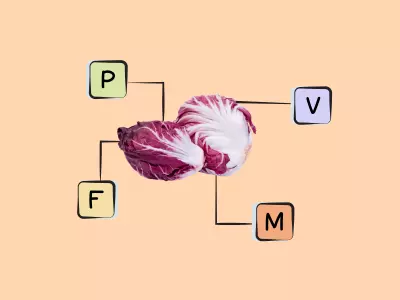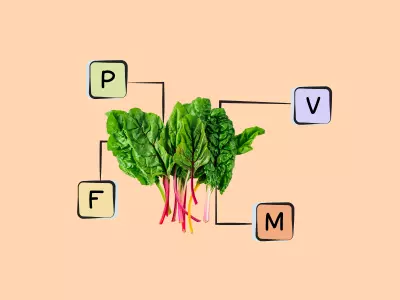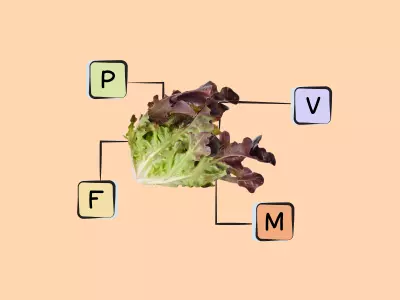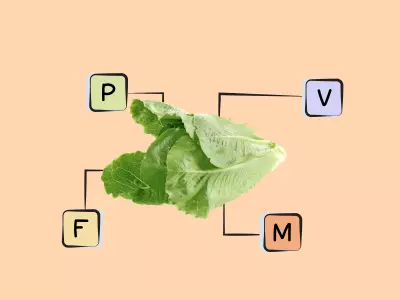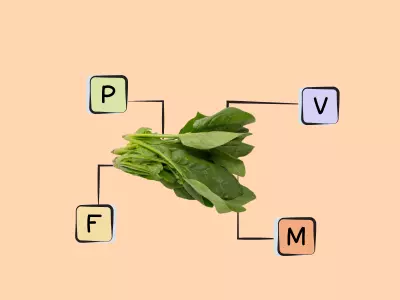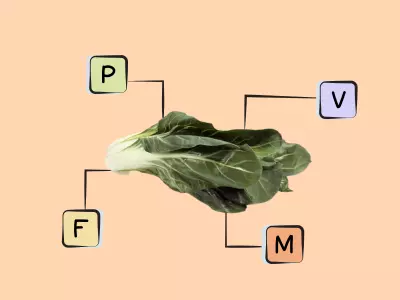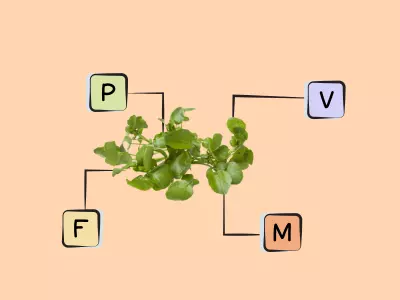Table of Contents[Hide][Show]
Health Benefits of Leafy Vegetables
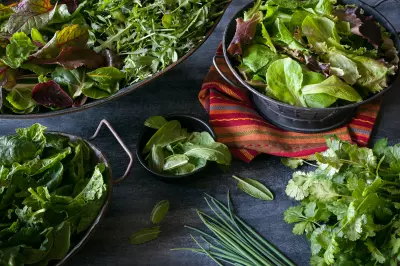
Leafy vegetables include any plant leaves eaten as vegetables and has members from a variety of taxonomic families. A diet plentiful in leafy vegetables has demonstrated a huge range of health benefits.
For example, in a 2004 prospective study of over 107,000 men and women in Japan, leafy green consumption was associated with a 40% lower risk of death from colorectal cancer in men.
A 2016 meta-analysis of eight studies from around the globe found that intake of green leafy vegetables was associated with a 16% reduction in cardiovascular disease—possibly due to their bile acid binding capacity (helping reduce cholesterol levels), their nitrate content (helping contribute to the body’s nitrite and nitric oxide pools), specific micronutrients (such as magnesium), or certain phytonutrients (such as lutein, which acts as an antioxidant).
A 2018 prospective study of 960 participants found that among older and elderly adults, the highest quintile of green leafy vegetable intake correlated with slower cognitive decline (an average of only 1.3 servings per day was associated with the equivalent of being 11 years younger in cognitive age!). And overall, for every 1/3 cup or so of leafy greens you eat each day you reduce your risk of type 2 diabetes by 13%!
The Best Support to Build This Important Daily Habit!

Nutrivore Salad-a-Day Challenge
The Nutrivore Salad-a-Day Challenge e-book explains all the ways a daily salad can improve your health, plus includes a collection of 10 handy visual guides and food lists, like the Nutrivore Salad Matrix.
Plus, you’ll find 50+ recipes, including over 30 of our favorite salad recipes plus recipes for delicious dressings and tasty toppers.
Buy now for instant digital access.
Examples of Leafy Vegetables
- amaranth greens
- arugula
- beet greens
- chard
- collard greens
- cress
- dandelion
- endive
- kale
- komatsuna
- lettuce
- microgreens
- mizuna
- mustard greens
- pea leaves
- purslane
- radicchio
- sorrel
- spinach
- sprouts
- sweet potato leaves
- watercress
Easily track your servings of Nutrivore Foundational Foods!

The Nutrivore Weekly Serving Matrix
The Nutrivore Weekly Serving Matrix digital resource is an easy-to-use and flexible weekly checklist designed to help you maximize nutrient-density and meet serving suggestions of Nutrivore foundational foods, all without having to weigh or measure your foods!
Includes a 22-page instructional guide and downloadable interactive guides.
Buy now for instant digital access.
Nutrients in Leafy Vegetables
Feel Good About What You Eat—Without Overthinking It

Nutrivore90 is a FREE 90-day habit-centered challenge focused on adding nutrient-dense foods, not cutting things out.
- No tracking, no food rules—just small steps that actually stick
- Weekly emails, printable guides, and a supportive community—all completely free.
- Nutrivore90 starts January 5th, 2026!!
Help me to keep building Nutrivore.com

I’m working on writing more awesome articles on this topic to be featured right here on this webpage. If you’re enjoying the content my team and I have created thus far and would like to see more, you can support our efforts to keep building out this site by joining the Nutrivore community on Patreon!
Plus every month, you’ll gain exclusive access to a *NEW* Q&A and behind-the-scenes podcast episode, a new e-book in a series, nutrient fun factsheet, and more! Sign up now and also get 5 free Nutrivore guides as a welcome gift! Win-win-win!
Citations
Expand to see all scientific references for this article.
Boyd A, et al. “Assessment of the anti-genotoxic, anti-proliferative, and anti-metastatic potential of crude watercress extract in human colon cancer cells.” Nutr Cancer. 2006;55(2):232-41. doi: 10.1207/s15327914nc5502_15.
Chai W & Liebman M. “Effect of different cooking methods on vegetable oxalate content.” J Agric Food Chem. 2005 Apr 20;53(8):3027-30. doi: 10.1021/jf048128d.
Cheng DM, et al. “High phenolics Rutgers Scarlet Lettuce improves glucose metabolism in high fat diet-induced obese mice.” Mol Nutr Food Res. 2016 Nov;60(11):2367-2378. doi: 10.1002/mnfr.201600290. Epub 2016 Aug 16.
Elvira-Torales LI, et al. “Spinach consumption ameliorates the gut microbiota and dislipaemia in rats with diet-induced non-alcoholic fatty liver disease (NAFLD).” Food Funct. 2019 Apr 17;10(4):2148-2160. doi: 10.1039/c8fo01630e.
Feskanish D, et al. “Vitamin K intake and hip fractures in women: a prospective study.” Am J Clin Nutr. 1999 Jan;69(1):74-9. doi: 10.1093/ajcn/69.1.74.
Gao CM, et al. “Protective effects of raw vegetables and fruit against lung cancer among smokers and ex-smokers: a case-control study in the Tokai area of Japan.” Jpn J Cancer Res. 1993 Jun;84(6):594-600. doi: 10.1111/j.1349-7006.1993.tb02018.x.
Gopal SS, et al. “Lactucaxanthin – a potential anti-diabetic carotenoid from lettuce (Lactuca sativa) inhibits α-amylase and α-glucosidase activity in vitro and in diabetic rats.” Food Funct. 2017 Mar 22;8(3):1124-1131. doi: 10.1039/c6fo01655c.
Haenszel W, et al. “Stomach cancer in Japan.” J Natl Cancer Inst. 1976 Feb;56(2):265-74. doi: 10.1093/jnci/56.2.265.
Juskiewicz J, et al. “Effect of the dietary polyphenolic fraction of chicory root, peel, seed and leaf extracts on caecal fermentation and blood parameters in rats fed diets containing prebiotic fructans.” Br J Nutr. 2011 Mar;105(5):710-20. doi: 10.1017/S0007114510004344. Epub 2010 Dec 7.
Kim HD, et al. “Sleep-inducing effect of lettuce (Lactuca sativa) varieties on pentobarbital-induced sleep.” Food Sci Biotechnol. 2017 May 29;26(3):807-814. doi: 10.1007/s10068-017-0107-1. eCollection 2017.
Kim SY. “Kale juice improves coronary artery disease risk factors in hypercholesterolemic men.” Biomed Environ Sci. 2008 Apr;21(2):91-7. doi: 10.1016/S0895-3988(08)60012-4.
Kojima M, et al. “Diet and colorectal cancer mortality: results from the Japan Collaborative Cohort Study.” Nutr Cancer. 2004;50(1):23-32. doi: 10.1207/s15327914nc5001_4.
Larson AJ, et al. “Therapeutic potential of quercetin to decrease blood pressure: review of efficacy and mechanisms.” Adv Nutr. 2012 Jan;3(1):39-46. doi: 10.3945/an.111.001271. Epub 2012 Jan 5.
Li Y, et al. “Beneficial effects of a chlorophyll-rich spinach extract supplementation on prevention of obesity and modulation of gut microbiota in high-fat diet-fed mice.” Journal of Functional Foods. 2019 Sep; 60.
Lin R, et al. “Dietary Quercetin Increases Colonic Microbial Diversity and Attenuates Colitis Severity in Citrobacter rodentium-Infected Mice.” Front Microbiol. 2019 May 16;10:1092. doi: 10.3389/fmicb.2019.01092. eCollection 2019.
Montelius C, et al. “Feeding spinach thylakoids to rats modulates the gut microbiota, decreases food intake and affects the insulin response.” J Nutr Sci. 2013 Jul 24;2:e20. doi: 10.1017/jns.2012.29. eCollection 2013.
Morris MC, et al. “Nutrients and bioactives in green leafy vegetables and cognitive decline.” Neurology. 2018 Jan 16;90(3):e214-e222. doi: 10.1212/WNL.0000000000004815. Epub 2017 Dec 20.
Pollock R. “The effect of green leafy and cruciferous vegetable intake on the incidence of cardiovascular disease: A meta-analysis.” JRSM Cardiovasc Dis. 2016 Aug 1;5:2048004016661435. doi: 10.1177/2048004016661435. eCollection Jan-Dec 2016.
Wesołowska A, et al. “Analgesic and sedative activities of lactucin and some lactucin-like guaianolides in mice.” J Ethnopharmacol. 2006 Sep 19;107(2):254-8. doi: 10.1016/j.jep.2006.03.003. Epub 2006 Mar 17.



